

Mitchell Lane PUBLISHERS
Copyright 2007 by Mitchell Lane Publishers. All rights reserved. No part of this book may be reproduced without written permission from the publisher. Printed and bound in the United States of America.
Printing 1 2 3 4 5 6 7 8 9
A Robbie Reader/Natural Disasters
The Ancient Mystery of Easter Island
The Bermuda Triangle
Bubonic Plague
Earthquake in Loma Prieta, California, 1989
The Fury of Hurricane Andrew, 1992
Hurricane Katrina, 2005
The Lost Continent of Atlantis
Mt. Vesuvius and the Destruction of Pompeii, A.D. 79
Mudslide in La Conchita, California, 2005
Tsunami Disaster in Indonesia, 2004
Where Did All the Dinosaurs Go?
Library of Congress Cataloging-in-Publication Data
Torres, John Albert.
The ancient mystery of Easter Island / by John Torres.
p. cm. (A Robbie reader. Natural disasters)
Includes bibliographical references and index.
ISBN 1-58415-495-0 (library bound)
1. Easter Island History Juvenile literature. 2. Easter Island Juvenile literature. I. Title. II. Series.
F3169.T67 2007
996.1 8 dc22
2006006104
ISBN-10: 1-58415-495-0
ISBN-13: 9781584154952
eISBN-13: 978-1-54574-953-1
ABOUT THE AUTHOR: John A. Torres is an award-winning journalist who covers social issues for Florida Today. John has also written more than 40 books for various publishers on a variety of topics, including P. Diddy; Clay Aiken; Disaster in the Indian Ocean, Tsunami, 2004; and Hurricane Katrina and the Devastation of New Orleans, 2005 for Mitchell Lane Publishers. In his spare time, John likes playing sports, going to theme parks, and fishing with his children, stepchildren, and wife, Jennifer.
PHOTO CREDITS: Cover, p. 1 Martin Bernetti/AFP/Getty Images; p. 4 Bjarte Sorensen; p. 7Aurbina; pp. 8, 17Thor Heyerdahl; pp. 10, 24 Sharon Beck; p. 13 Roger Viollet/Getty Images; pp. 13, 18, 21, 27Age Fotostock/Superstock; p. 23 Duncan Wright.
PUBLISHERS NOTE: The following story has been thoroughly researched and to the best of our knowledge represents a true story. While every possible effort has been made to ensure accuracy, the publisher will not assume liability for damages caused by inaccuracies in the data, and makes no warranty on the accuracy of the information contained herein.
To reflect current usage, we have chosen to use the secular era designations BCE ("before the common era") and CE ("of the common era") instead of the traditional designations BC (before Christ) and AD (anno Domini, in the year of the Lord).
PLB
TABLE OF CONTENTS
Chapter One
An Island of Secrets
Chapter Two
The Middle of the Ocean
Chapter Three
The End of an Era
Chapter Four
The Statues
Chapter Five
A Modern View
Words in bold type can be found in the glossary.
 CHAPTER ONE
CHAPTER ONE
An Island of Secrets
No one knew why the powerful Uoke did not like islands. And no one could stop this gigantic god from doing what he liked to do best. Uoke would go to an island, stick his huge lever underneath it, and fling it into the sea. There, the island would sink.
When Uoke got to one particular island in the Pacific Ocean, his lever broke in the islands hard volcanic rock. He was unable to sink it, and the land that would later be known as Easter Island was saved.
The story of Uoke is only one of many legends associated with this tiny island, which is steeped in mystery and tragedy. Easter Island is filled with unknowns: Where did the people originally come from? What happened to all the trees? Did the people really eat one another? Most curiously, how did they build the hundreds of 30-foot-high stone statues that dot the landscape?
The stone giants, called moai , solemnly keep watch over the land. Many have large strong foreheads, a long nose and jaws, and extended ears. Some are on the coast and others are miles inland. Some are standing on stone platforms, called ahu , and others have fallen down. Some statues are wearing headdresses made of red stone, and others have large pieces of coral for eyes.
Archaeologists (ar-kee-AH-luh-jists) and engineering (en-jeh-NEER-ring) experts over the last few hundred years have debated and tried to guess how these enormous stone structures were built and moved. Just as mysterious is why the people stopped making them. A few dozen statues remain on the island uncompleted, even though thousands of stonecutting tools were left scattered about.

Moai on the slope of Rano Raraku face the sea from Easter Island. Are they supposed to be looking at something in particular? Notice the shape of the chins and the length of the ears. Some people believe these are clues as to who built these giant wonders.

These archaeologists and students use a knotted rope to measure the height of this statue. The head is about 20 feet tall. However, part of the statue may be buried.
All but a handful of the statues built on Easter Island are made up of compressed ash from the volcanoes-rock that is especially good for carving. No one can explain why the work stopped so abruptly, with many statues left unfinished. Was there a war between neighboring tribes? Did a disease spring up and kill the strongest workers? Was there an earthquake? If so, would these superstitious people have believed that one of their angry gods had sent the quake, so they stopped building?
To try to understand the mysteries of Easter Island, it is important to understand where it lies and what types of people lived there.

 CHAPTER TWO
CHAPTER TWO
The Middle of the Ocean
Easter Island is one of the remotest places in the world. The triangular piece of volcanic rock is about 14 miles long and 7 miles wide. It sits in the Pacific Ocean directly between the Polynesian country of Tahiti and the South American country of Chile. The island was once known as Te Pito o Te Hena, or the Navel of the World. Now it is also called Rapa Nui, as are its native peoples.
There is an old, extinct volcano in each corner of the island, and the landscape changes from place to place. There are lush, rolling green hills. Volcanic eruptions from thousands of years ago have created harsh craters in the land. Very steep and sudden cliffs plunge straight down toward the ocean. There are trees there now, but at one time, there were none.
There is some debate as to who the first inhabitants of the island were. Evidence from ancient bones suggests that tribes of Polynesians may have been among the first to find the island. They traveled to it over and over from across the ocean. That an ancient people could repeatedly find this tiny piece of rock indicates they were skilled navigators .
The chances of Easter Island being reached even once are extremely limited; to imagine it being reached several times over vast distances is beyond belief, write historians John Flenley and Paul Bahn.
Next page
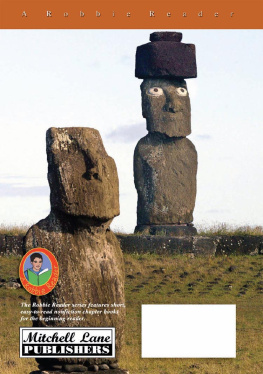





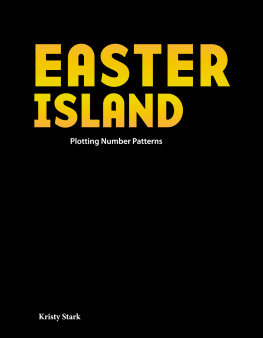
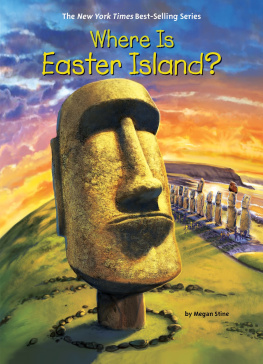


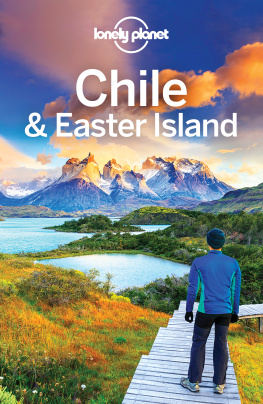
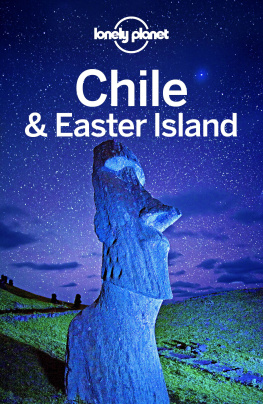
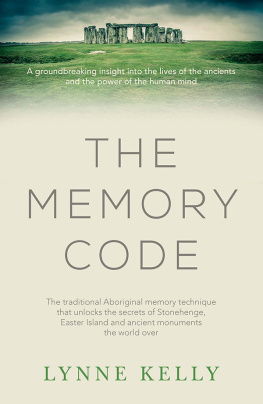
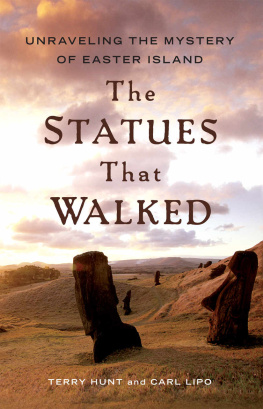
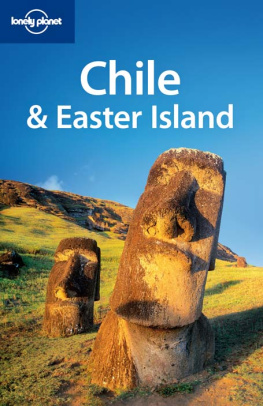


 CHAPTER ONE
CHAPTER ONE

